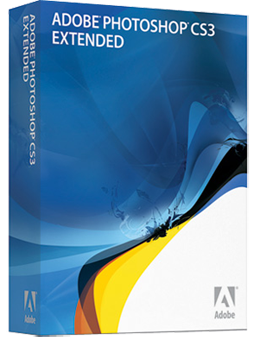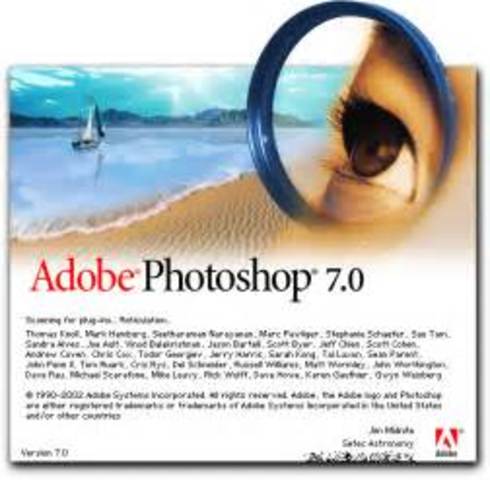

The Atlas of Human Histology: A Guide to Microscopic Structure of Cells, Tissues and Organs by Robert L.

This approach provides a more engaging learning experience and sense of scale, proportion, and context that is not possible with a traditional histology textbook or atlas. A software-based virtual microscope ( Zoomify HTML5 Enterprise) allows the examination of large and small structures in the same specimen. Unlike low-resolution images, users can interactively explore these large images by zooming-and-panning in real-time. In many cases, these adjustments improved upon their visual appearance.

The contrast, color, and sharpness of each image were adjusted to at least maintain the appearance of the tissue as seen through a microscope. Large tissues are up to 34 GB for a single, uncompressed image of 150,000 x 75,000 pixels. Histology Guide solves this problem by recreating the look and feel of a microscope in an intuitive, browser-based interface.Īn Aperio slide scanner was used to obtain a high-resolution image of each slide in its entirety. This is unfortunate because no matter how good the few images in a textbook or histology atlas are, they cannot replace the experience of viewing a specimen through a microscope. A histology atlas is frequently used as a replacement.
Zoomify 3d how to#
Rather than reproducing the information found in a histology textbook, a user is shown how to apply this knowledge to interpret cells and tissues as viewed through a microscope.īecause of the high cost of purchasing (and maintaining) microscopes and preparing (or purchasing) slide collections, histology is often taught today without laboratories. Histology Guide teaches the visual art of recognizing the structure of cells and tissues and understanding how this is determined by their function. It examines the correlation between structure and function. A 4K Video was released on YouTube in 2022.Histology is the study of the microanatomy of cells, tissues, and organs as seen through a microscope. The Zoomquilt was originally released in Macromedia Shockwave and Flash format, and ported to modern web standarts in 2013 by Nikolaus Baumgarten. Historically, the first infinite zoom animations can be found in the two movies Cosmic Zoom by Eva Szasz and Powers of Ten by Ray and Charles Eames, both 1968 and both based on the 1957 children's book Cosmic View by Kees Boeke, which deals with the relative size of things in the universe. Nikolaus Baumgarten revisited the concept again in 2015, together with Sophia Schomberg they created Arkadia, a peaceful and lush botanical fantasy plant world. In 2007 the successor Zoomquilt II was released. When the Zoomquilt first came out in 2004, it immediately went viral. The goal of the Zoomquilt was to create a seamlessly animated and coherent illusion. The viewer of Gridcosm also wasn't animated back then. On Gridcosm, anybody can contribute, which results in a very anarchic and chaotic picture. One direct inspiration for the Zoomquilt was the Gridcosm project, a similar infinite collaborative picture started in 1997 and still ongoing. The fun of it was to pick up and transform what the other person left and see how the painting evolved in unexpected ways. They would reserve a spot and get a frame with a border of the neighboring tiles they had to blend their artwork into. An artist would contribute a single tile of a patchwork painting called a "Quilt". It worked similiar to the surrealist drawing game Cadavre Exquis. On the platform people would collaborate on digital paintings. The project was started by Nikolaus Baumgarten and emerged from a scene of people creating collaborative artworks over the internet in the early 2000's surrounding the digital art group iCE.


 0 kommentar(er)
0 kommentar(er)
